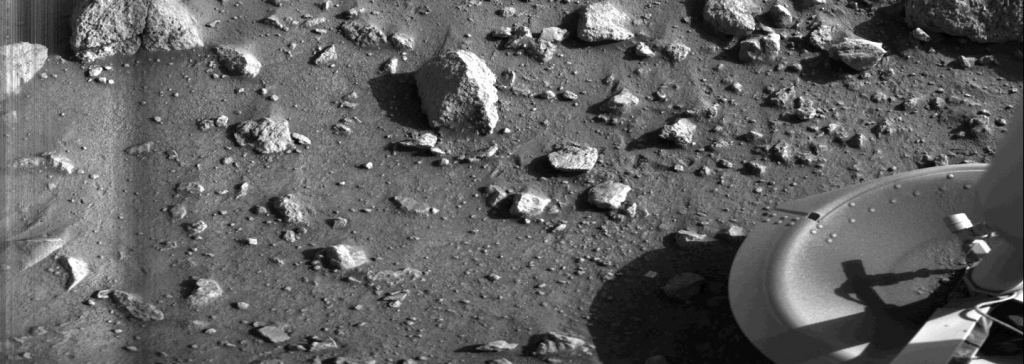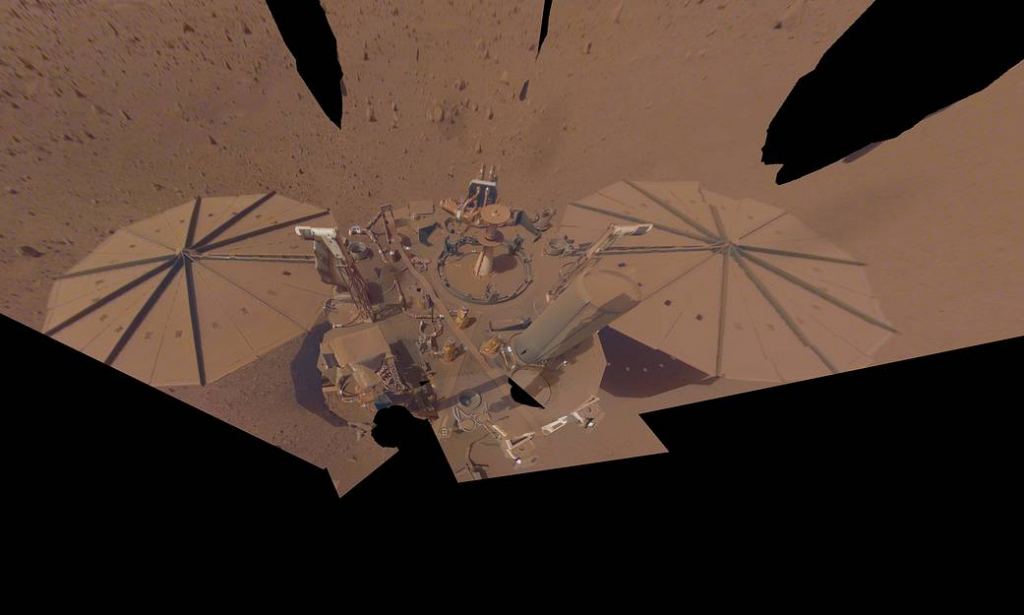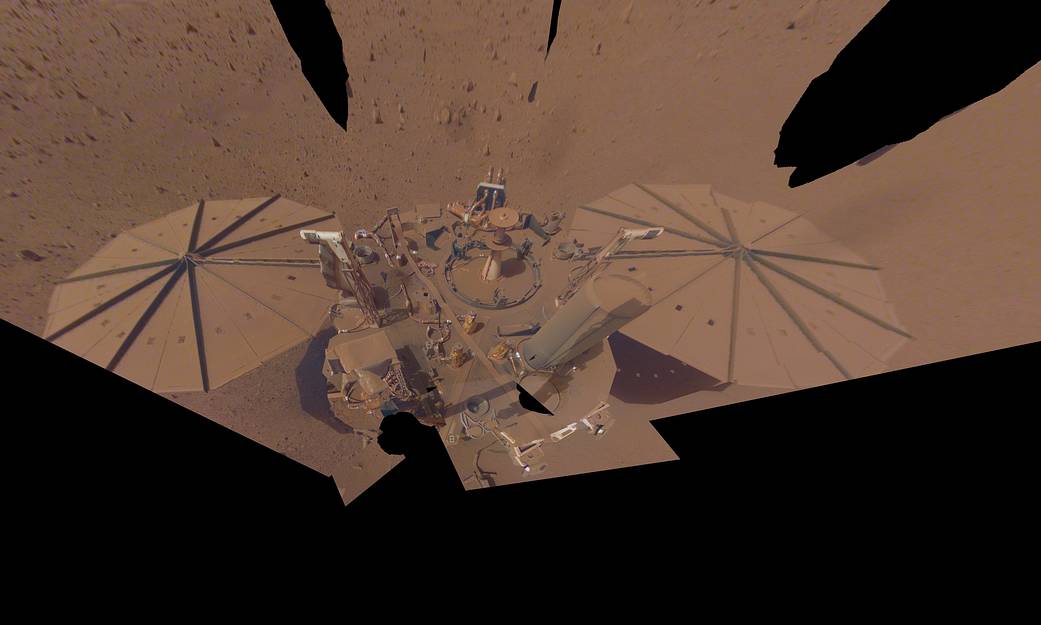Few things in life captivate us more than looking at images from other planets, no matter how dull these images might seem. This is especially true for Mars, as it’s where we’ve sent the most robots to explore its cold and dry surface. The very first image from the surface of Mars in July 1976 was nothing more than the Viking 1 lander’s footpad and some rocks, but no one cared about these mundane details because we were looking at an image from Mars. We were looking at the surface of another world for the first time in human history, and not only were we captivated by it, but we wanted more.

While the images sent back by the Viking 1 and 2 landers were breathtaking, both landers were unable to take images of themselves due to their design. They couldn’t take selfies, and everyone loves a selfie. No matter the setting or circumstance, it’s important to document that you were there. Thankfully, as the number of robots landing on the Red Planet increased, so did the engineering. This included far better images, including selfies.
The first space selfie on another planet was taken by the Curiosity rover on September 7, 2012 based on the local time at NASA’s Jet Propulsion Laboratory (JPL). The Curiosity rover used the Mars hand Lens Imager (MAHLI) located on its arm to obtain the self-portrait. The image showed the top of Curiosity’s Remote Sensing Mast including the ChemCam, two Mast cameras and four Navigation cameras. This first space selfie wasn’t just a technological marvel, but it demonstrated that the robot itself was real.

Fast forward almost 10 years, and the most recent selfie taken on Mars was from NASA’s InSight lander, which took this image on April 24, 2022, the 1,211th Martain day, or sol, of the mission. Unfortunately, this was the final selfie of this amazing lander, as its solar panels have become so dusty that it is producing less power, which means its days studying the Red Planet are numbered. Because of this, the team was scheduled put the lander’s robotic arm in its resting position (called the “retirement pose”) for the last time in May 2022.

Dust storms are prevalent on the Red Planet, and NASA does their best to monitor their activity. In January 2022, a dust storm nearly twice the size of the United States covered the southern hemisphere of Mars. This caused InSight to put itself in “safe mode” for 11 days to conserve battery power, and NASA had to postpone flights for its Ingenuity Mars Helicopter.
InSight, which is an acronym for Interior Exploration using Seismic Investigations, Geodesy and Heat Transport, successfully touched down on November 26, 2018, on the smooth plains of Elysium Planitia on Mars. Since InSight’s goal was to study the interior of Mars and take the planet’s vital signs, its pulse, and temperature. To accomplish this, the lander needed to be at a place where it can stay still and quiet for its entire mission, which is why Elysium Planitia was chosen. During its time on Mars, InSight accomplished several feats. This included using its Seismic Experiment for Interior Structure (SEIS) instrument to record the sounds of the Red Planet in December 2018, along with recording its first marsquake in April 2019.
InSight isn’t the first solar-powered robotic explorer on Mars to encounter dust issues with its solar panels, as NASA’s Spirit and Opportunity (Oppy) rovers eventually succumbed to lack of solar power, as well. The difference is that the Martian wind helped keep the solar panels clean on both Spirit and Oppy, allowing each rover to last well beyond their original timeframe.

While the InSight mission is coming to an end, this is another reminder that like humans, robots are mortal, too. These brave pioneers, with their hundreds of thousands of lines of code and countless circuit boards, are sent to places where humans can’t go, and most are left to fade away. Thankfully, we will never forget InSight or the dozens of its cousins and siblings we’ve sent into the unknown, never to return. Maybe InSight will get its own showroom once humans finally settle the Red Planet, along with Spirit, Oppy, and other past robotic explorers. Only time will tell, and this is why we science!
As always, keep doing science & keep looking up!
Sources: NASA (1), NASA JPL (1), NASA (2), NASA (3), NASA (4), Universe Today, Sky & Telescope, NASA (5), NASA JPL (2)

